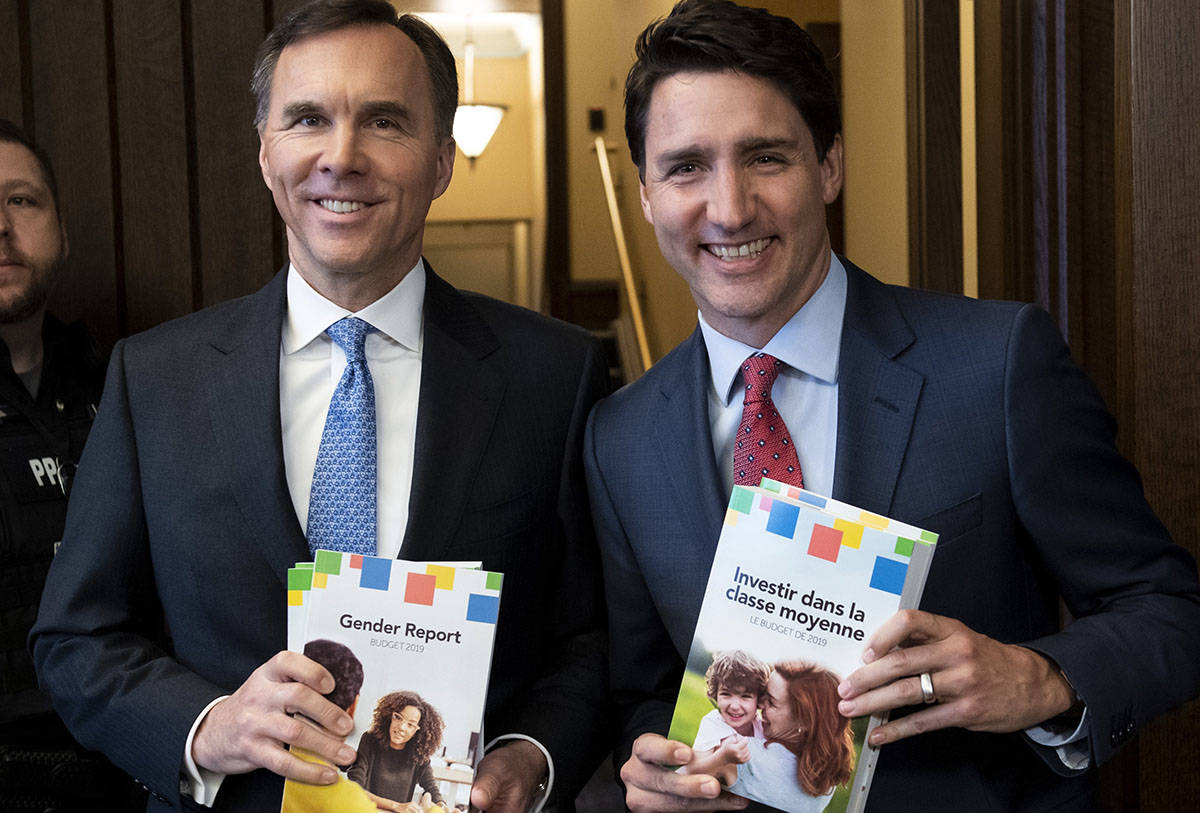The Trudeau Liberals’ new budget promises a new agency to buy drugs in bulk and cut Canadian medication costs, the first step toward a national drug plan.
In a sign of just how expensive pharmacare could be, the government is also promising to spend $500 million a year, starting in 2022, just on subsidizing drugs that treat rare diseases, which have few patients to split huge research and development costs.
The government said it intends to work with provinces, territories and other partners to develop the mandate for the national drug agency, with Health Canada to receive $35 million over four years starting in 2019-2020 to create an office to support the plan.
The budget also includes plans to create a national formulary, a list of drugs that have been evaluated for both efficacy and cost-effectiveness. Lower-tier governments now assess drugs on their own, duplicating much of the work.
Despite clear language in the budget on how the government eventually intends to move ahead on a pharmacare plan, a central question remains: how to pay for it.
A universal pharmacare plan does not appear affordable for Canada right now, said Rebekah Young, the director of fiscal and provincial economics for Scotiabank. She said adding such a plan to the government’s books without major tax hikes would require stronger growth than Canada sees even in the best of times.
Provinces do not have a lot of capacity to take on substantial new costs, she said, noting the parliamentary budget office has estimated the cost of a pharmacare plan at about $20 billion a year.
“The big question then becomes who is going to pay and how much?” she said. “That will definitely be a key feature of the summer debate when we head into the election.”
The federal New Democrats have promised that if elected, they would follow through on a universal pharmacare plan to respond to dramatic increases in prescription drug costs.
READ MORE: As deficit grows, feds spend on job retraining, home incentives
Over the past three decades, Canadians’ spending on medication has soared from $2.6 billion in 1985 to $33.7 billion in 2018. People take more drugs to manage more conditions than they used to — living longer, and better, but at considerable cost.
The Canadian Institute for Health Information says drugs are the fastest-growing component in health spending but that most people’s medication needs aren’t covered by public health insurance, unlike care provided in hospitals and through visits to the doctor.
Canada’s current patchwork of drug coverage — including more than 100 public programs and 100,000 private insurance plans — is not well equipped to handle the increasingly expensive drugs now coming to market, the government said in its budget document.
“Absorbing these rising costs is difficult for individual Canadians and their families — and poses challenges to the long-term sustainability of government- and employer-sponsored drug plans,” it said.
The steps toward pharmacare contained in Tuesday’s budget follow interim findings issued by a federal expert panel led by former Ontario health minister Eric Hoskins.
It recently issued a report on the “building blocks” of pharmacare, including a recommendation that Ottawa oversee an agency to roll out a national drug plan.
The interim report said drug spending in Canada is expected to surpass $50 billion by 2028.
At the time of its release, British Columbia Health Minister Adrian Dix described the panel’s interim report as encouraging, but said the federal government would need to “step up.”
“It’s very positive to see the interim report, but ultimately this issue will be about whether the federal government is prepared to cost-share or not,” he said.
Hoskins’ advisory council is set to issue a final report on the issue of access to drug coverage this spring, with the findings to be tabled in the House of Commons.
Kristy Kirkup, The Canadian Press



